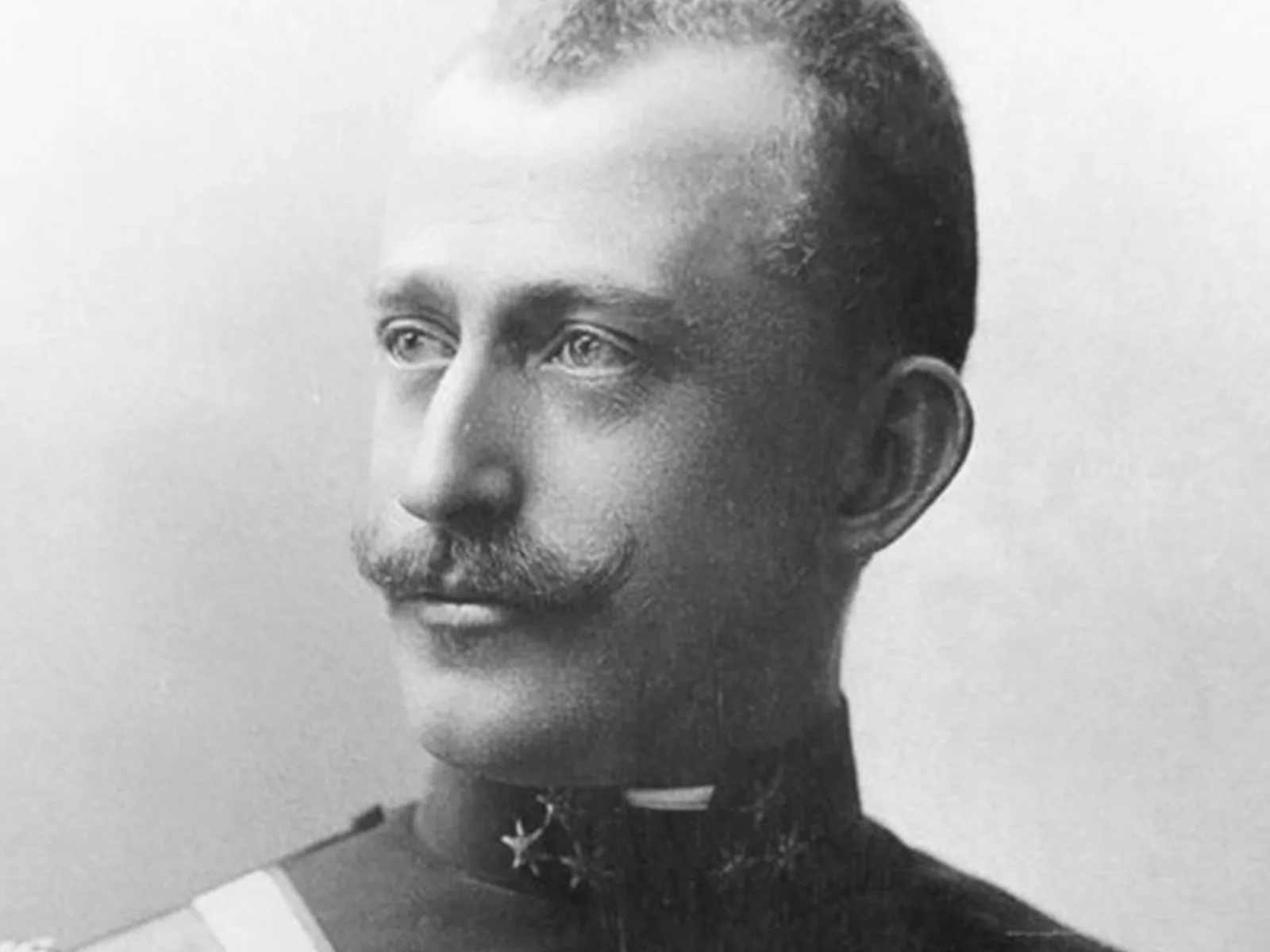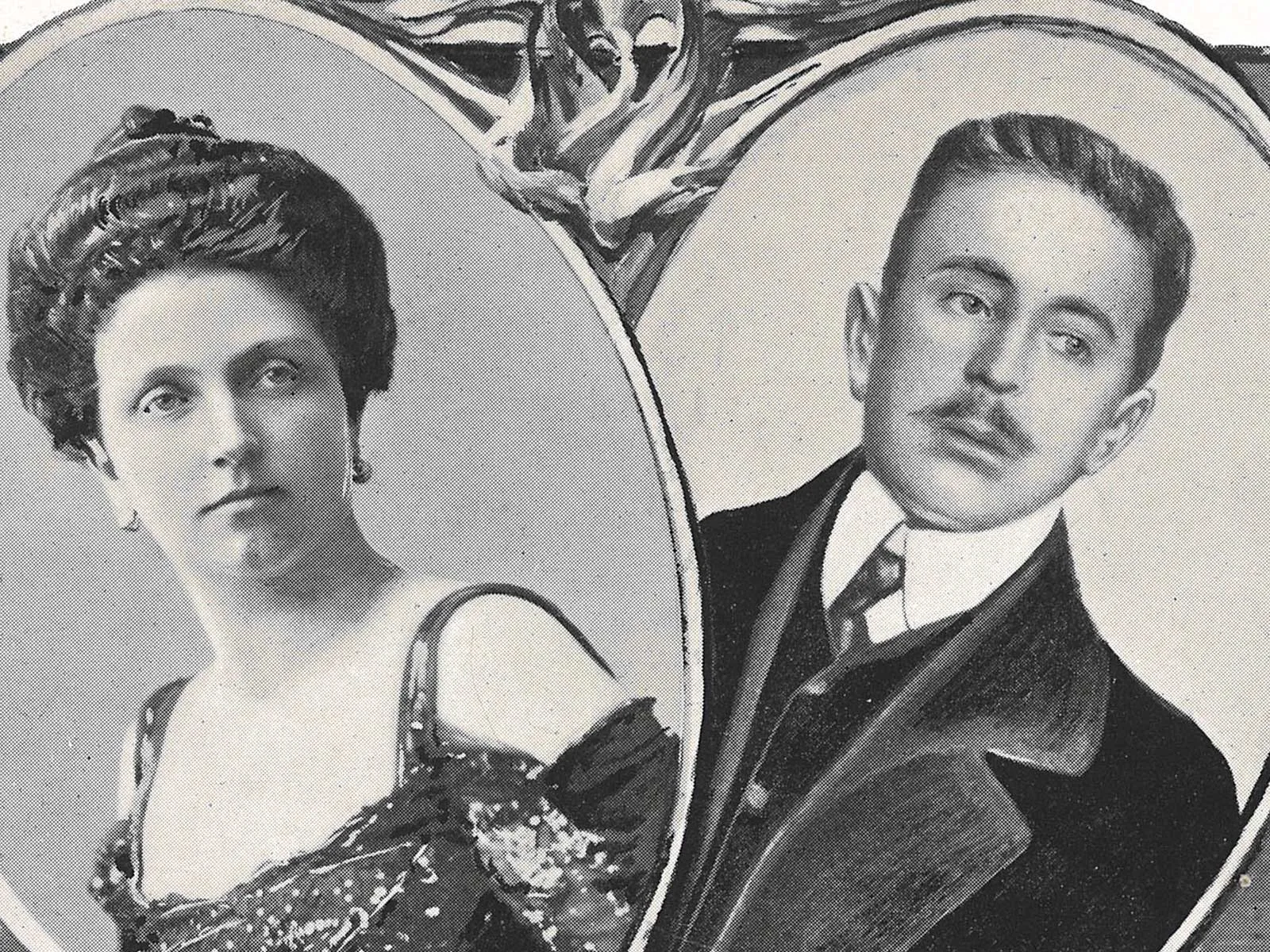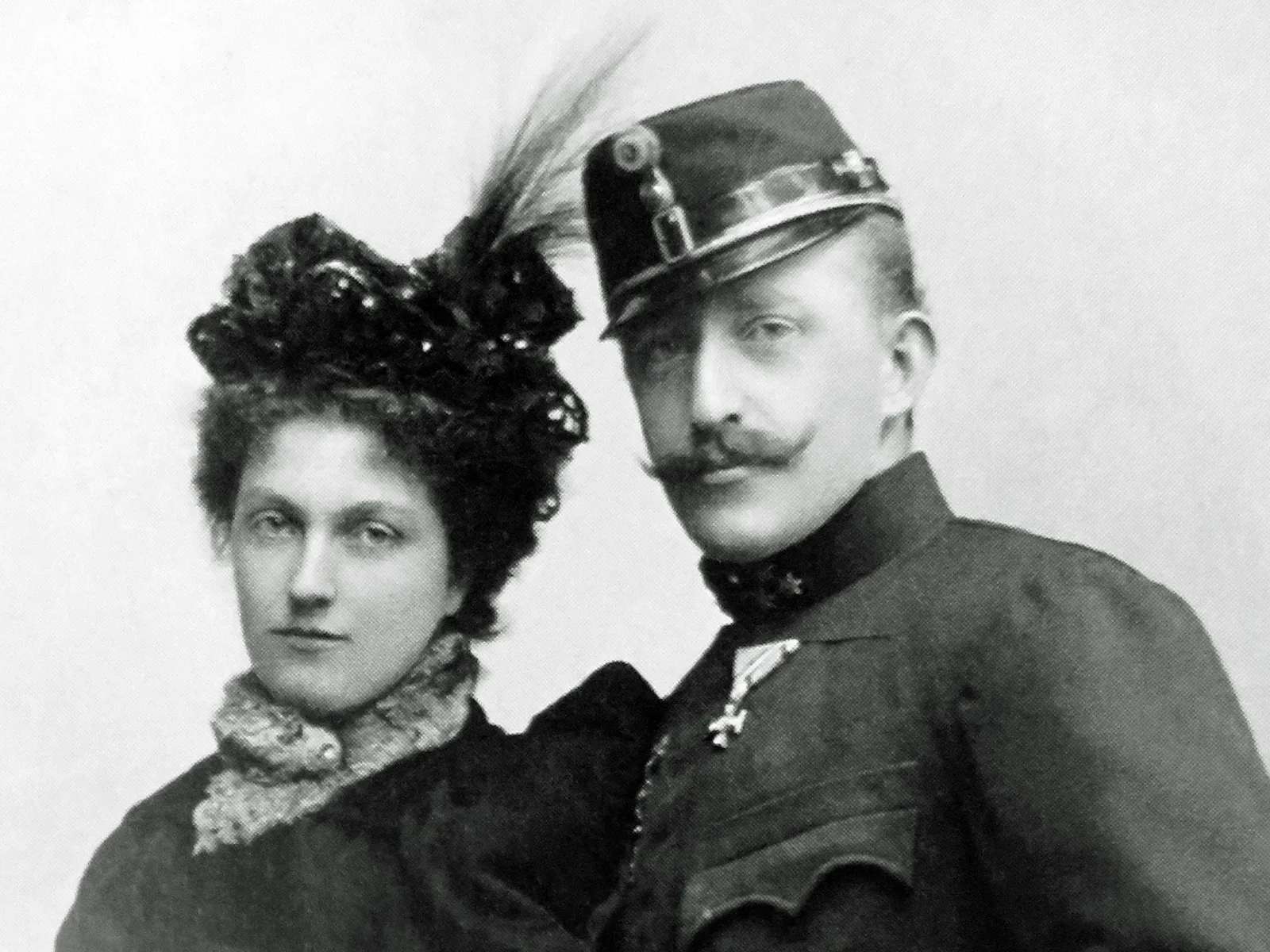
Regensdorf versus the Archduke
The former Archduke Leopold was still a citizen of Regensdorf, but spent years embroiled in arguments with the Regensdorf municipality, while Louise remarried, and fled back to Switzerland when her marriage became rocky.

Click to hear the Toselli Serenade. YouTube
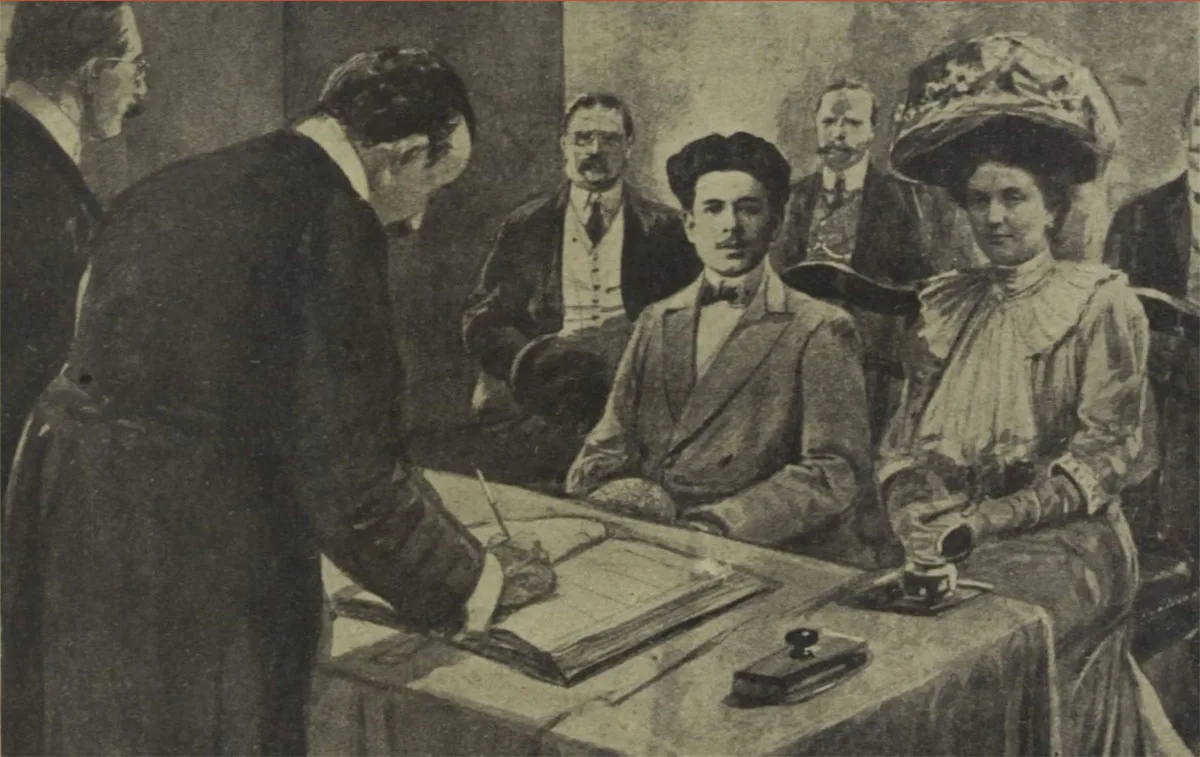
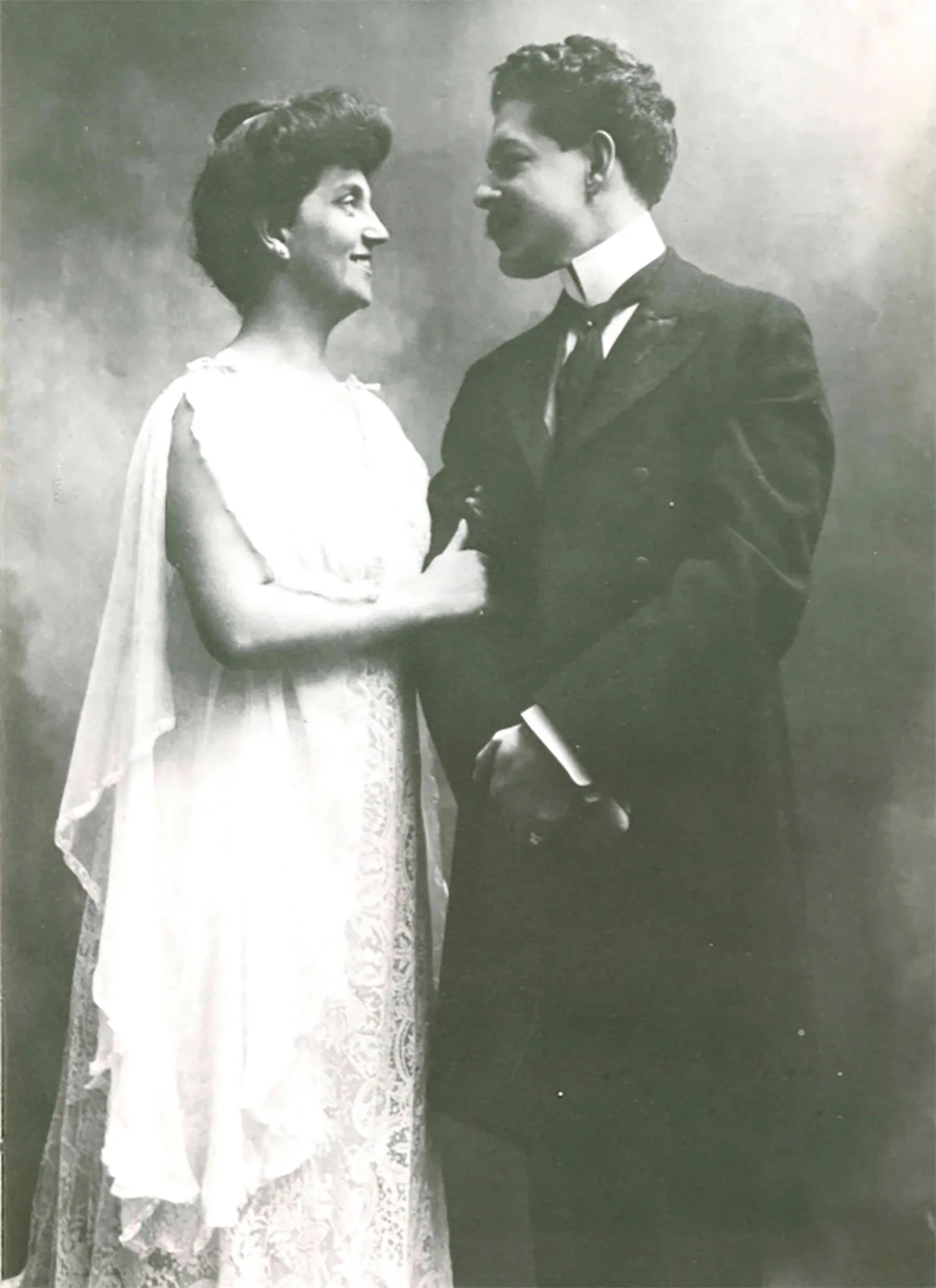
A new wife, from the lower levels of society – yet again…
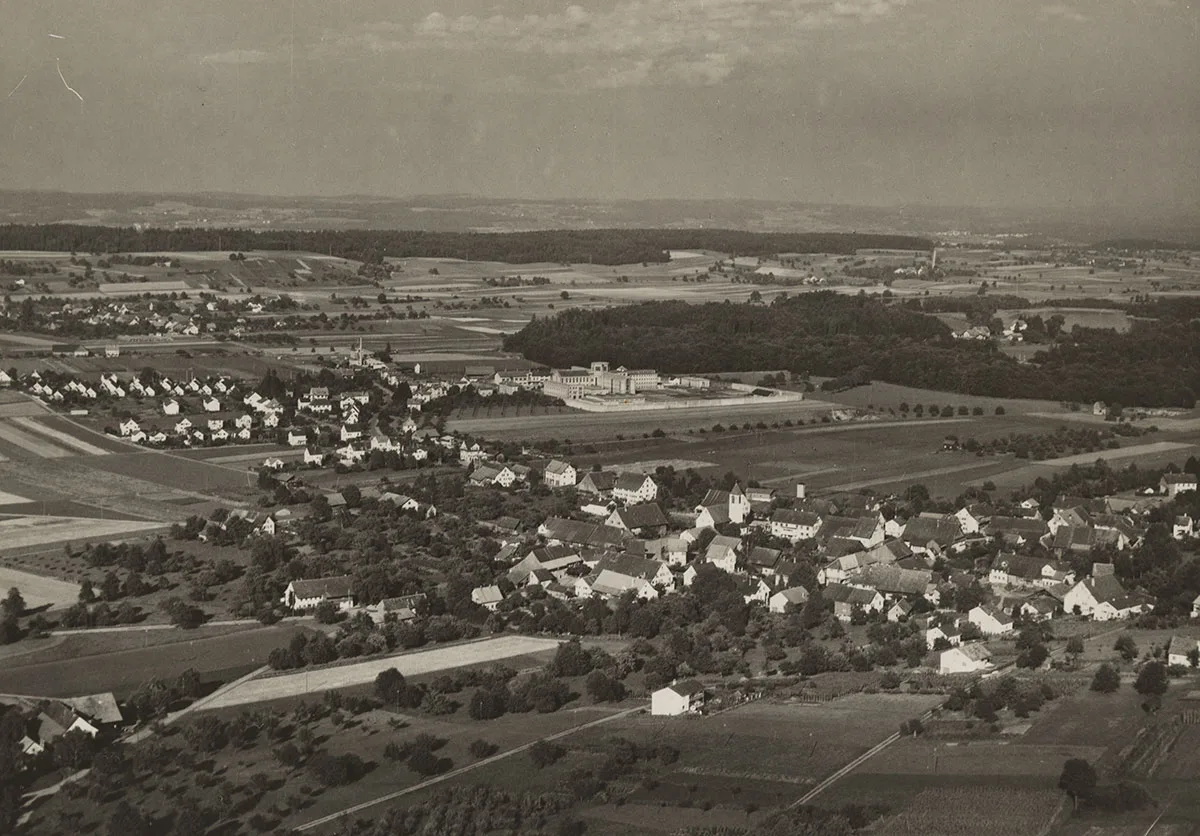
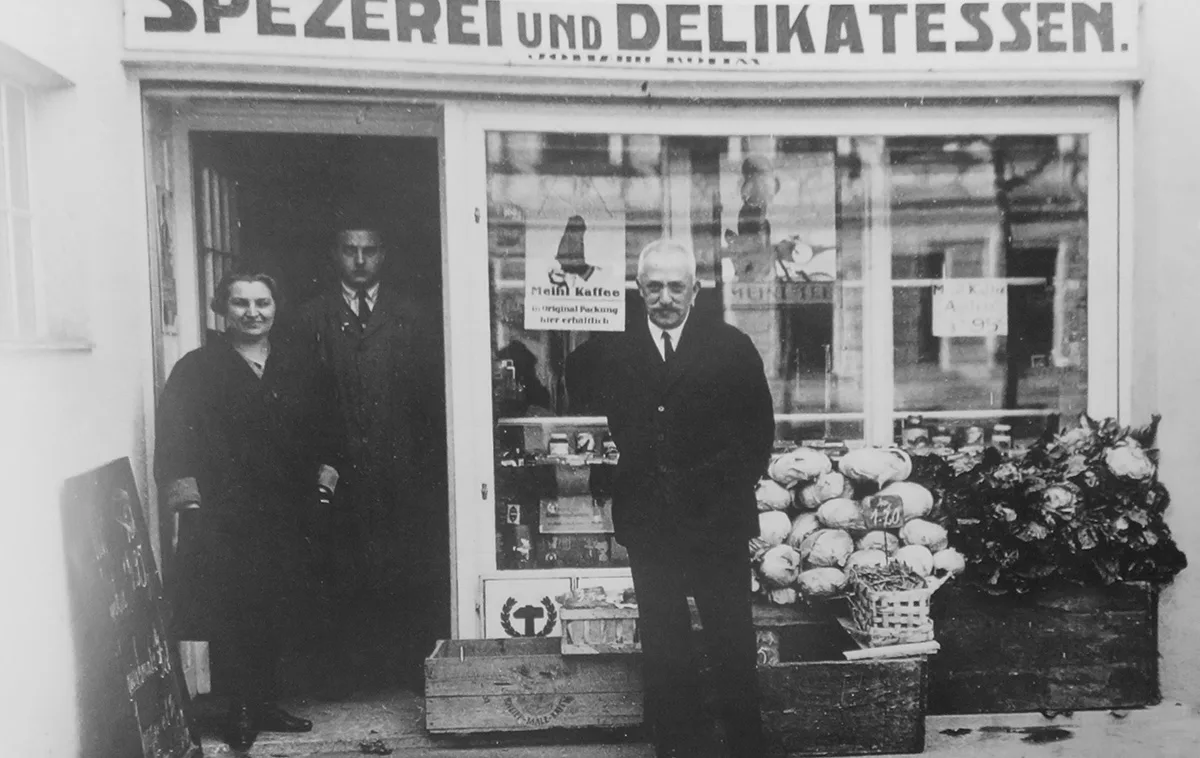
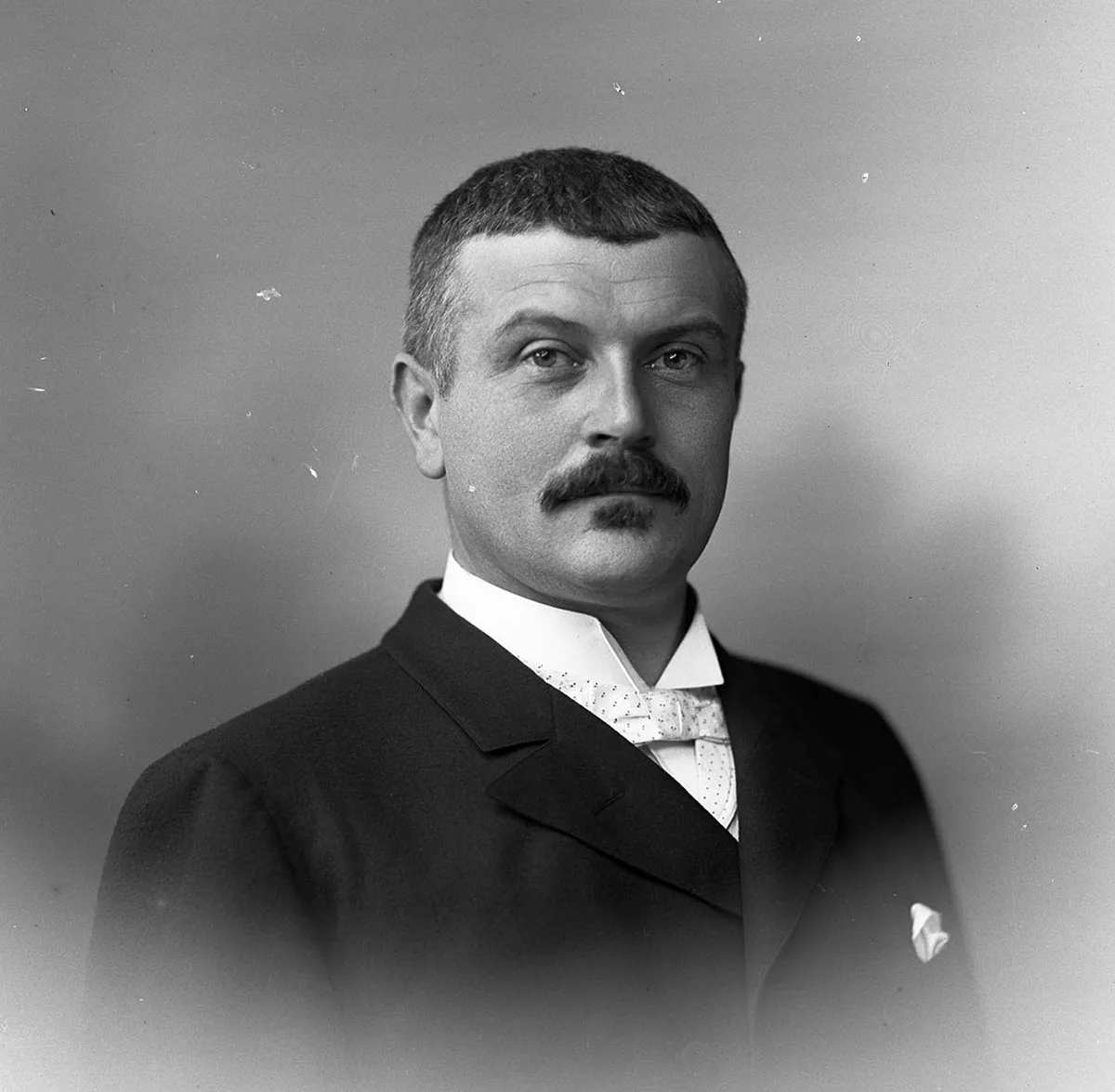
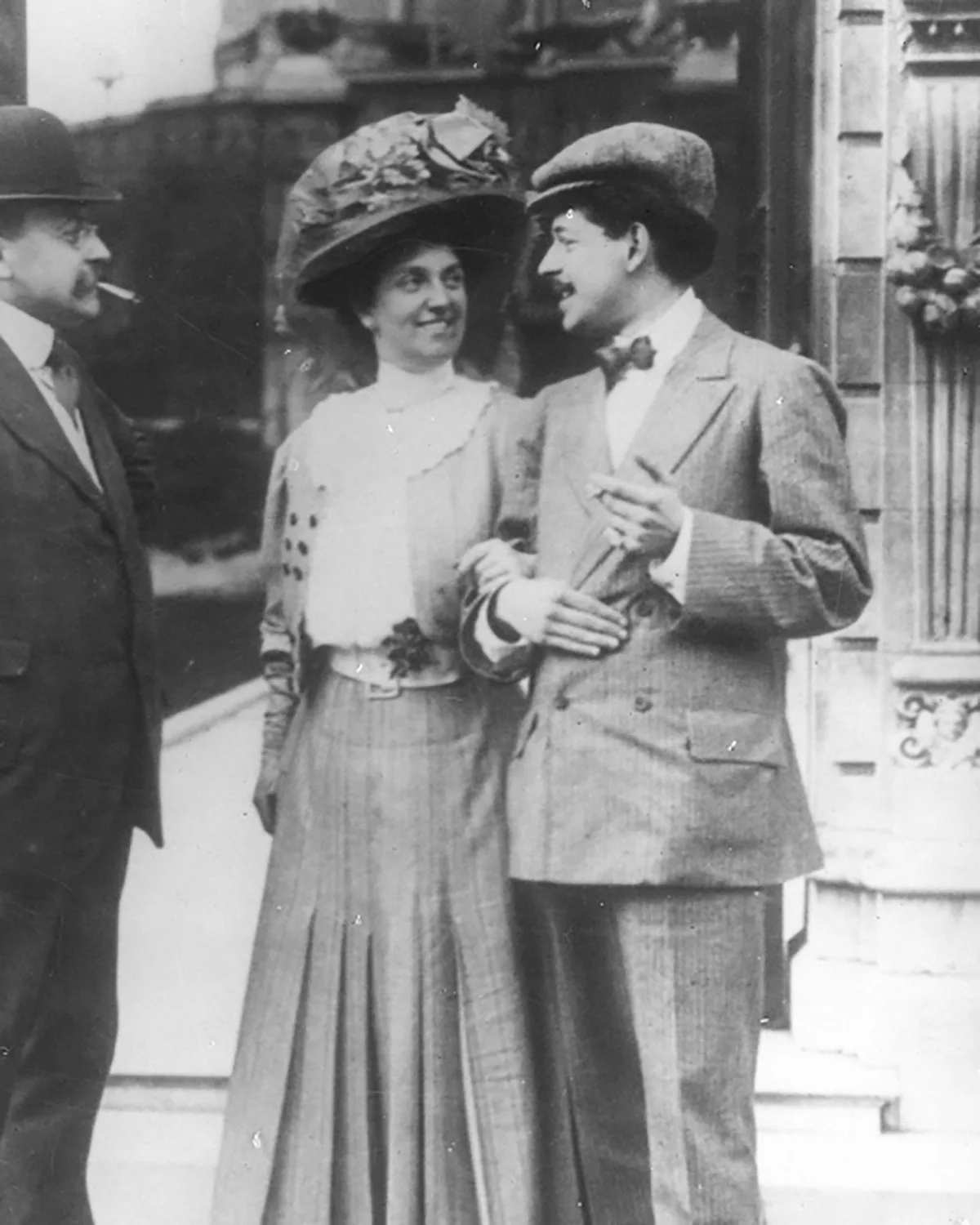
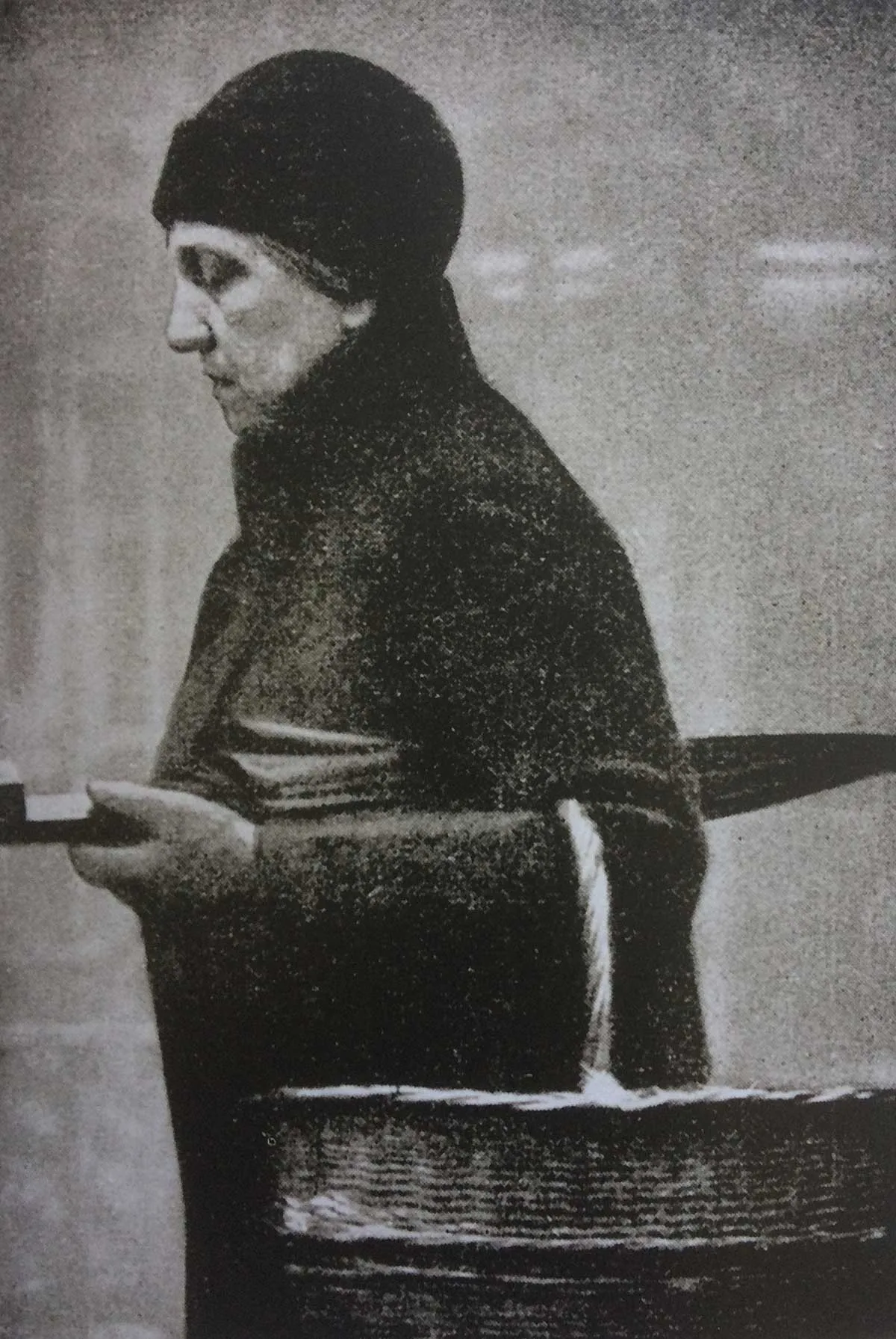
Louise and Leopold
In 1902, Crown Princess Louise and Archduke Leopold of Austria-Tuscany fled to Switzerland. The siblings sought to escape from their straitjacketed life in the bosom of the Habsburg family. They succeeded, but their lives became a scandal-plagued descent into a normal middle-class existence, and ultimately ended in poverty and loneliness.
Part 1: Escape to Switzerland
Part 2: The scandal becomes public knowledge
Part 3: The Archduke becomes a Swiss citizen
Part 4: Leopold and the women
Part 5: Regensdorf versus the Archduke
Read the detailed account of Louise and Leopold’s journey in the book of the same name, by Michael van Orsouw. It is published by Hier und Jetzt.

